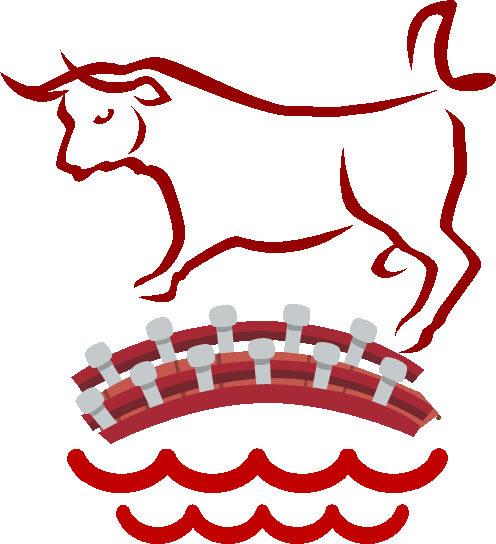Last updated: July 2012 11:08
What is Kendo?
Kendo translated means 'The way of the sword'. This concisely sums up what Kendo is about. Kendo is a martial art which features the sword as the sole weapon. It is essentially the art of Japanese fencing. The tradition and history of this fascinating martial art is worthy of intense study, however, this is intended as a brief introduction and to illustrate some of the rich history.
Kendo is one of the oldest of all the martial arts and started as 'Kenjutsu' and probably had its origins before the Heian Period (794 - 1185 AD). Annual contests were held for the warriors in the capital city of Heian. Swords during this period evolved from straight thrusting swords to the stronger ridged curved swords capable of cut and thrust.

Japan was racked by constant warfare and the warrior classes obtained plenty of practice in real warfare to hone their skills. The two Mongol invasions of 1274 and 1281 lead to the samurai learning hard lessons in fighting as unified armies rather than as individuals in ritualistic combat as had been their previous style. Both of these invasions were eventually defeated by the infamous kamikaze winds which wrecked the Mongol fleets.
The late Muromachi period (1336-1568) was a time of great upheaval. Mighty warlords formed enormous armies as they battled to become the shogun. Portuguese traders introduced the matchlock musket which was adopted and improved. During this period the sword became favoured more as a secondary weapon on the battlefield. The yari, a long thrusting spear normally formed the main armament for a samurai warrior. In close combat when the yari was of less use, the skilled swordsman with his katana, the familiar curved sword, usually became the victor. The sword was more than a weapon to the samurai. It was the embodiment of the warrior and of his spirit. It represented all of the values the samurai stood for and was the foundation for Bushido (the way of the warrior). To use the sword correctly took years of discipline and training. The mental and physical preparation combined with the traditions of Zen Buddhism made this a particularly appealing characteristic.

Many sword schools developed during the late Muromachi period, so that by the time of the great battle of Sekigahara in 1600 between the last two great factions, there were many thousands of trained swordsmen to fight in the armies. This last battle effectively saw the end of the unrest as the country united under Tokugawa Ieyasu.
There were more than 300 Kendo schools around during the Edo period (1603 - 1867). This enabled many samurai, no longer employed in active warfare, to make a living teaching swordsmanship. The popularity of sword schools attracted may students. Unfortunately for many of these students, sharp swords (or wooden bokken) were used for practice, both of which could inflict terrible injuries. It was during the late 18th Century that the shinai sword constructed of several pieces of bamboo and protective armour began to be used. This new method of practice enabled Kendo to develop into the mode that we recognise today.
The Meiji period (1868 - 1912) saw the demise of the Samurai class, though in 1871 Kendo became compulsory in all public and private schools in Japan. Uprisings in Japan in 1887 demonstrated how Kendo could be used in training the Police. The All-Japan Kendo Federation came into existence in 1928. Following World War II, Kendo was banned as being too militaristic, though this revoked in 1952. By 1955 Japanese and American Teams were competing together in the United States. The International Kendo Federation was formed in 1970. The first world championship held that year had competitors from seventeen countries. In 2003, the terrific growth in Kendo, ensured that in the world championships, competitors came from forty-two different countries.
Kendo has a secure future as a sport and as a cultural tradition, which is directly descended from the training and history of Japan's samurai warriors.
Sources
-
Tokeshi, J. (2003) Kendo, Elements, Rules and Philosophy, University of Hawaii Press.


